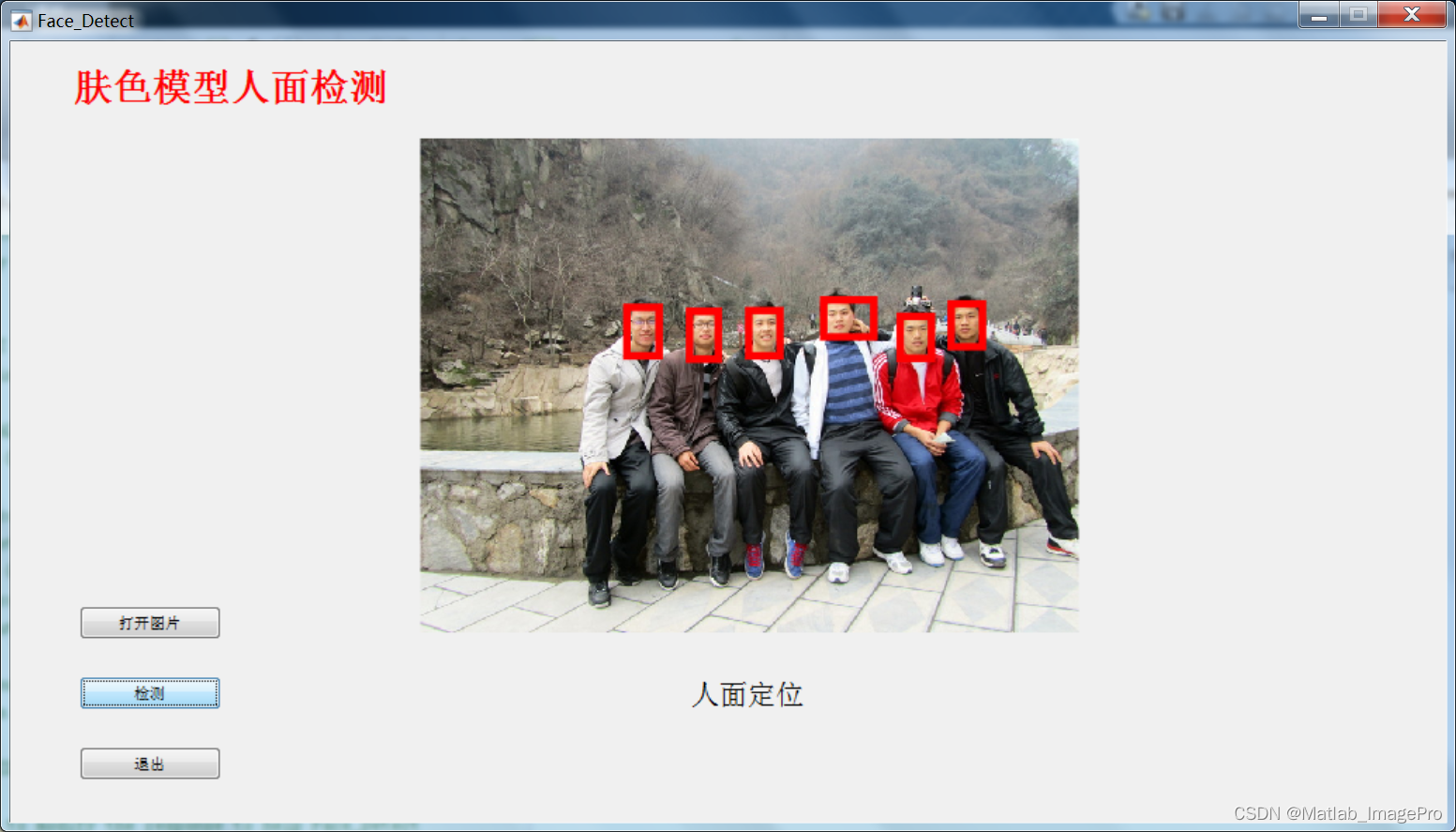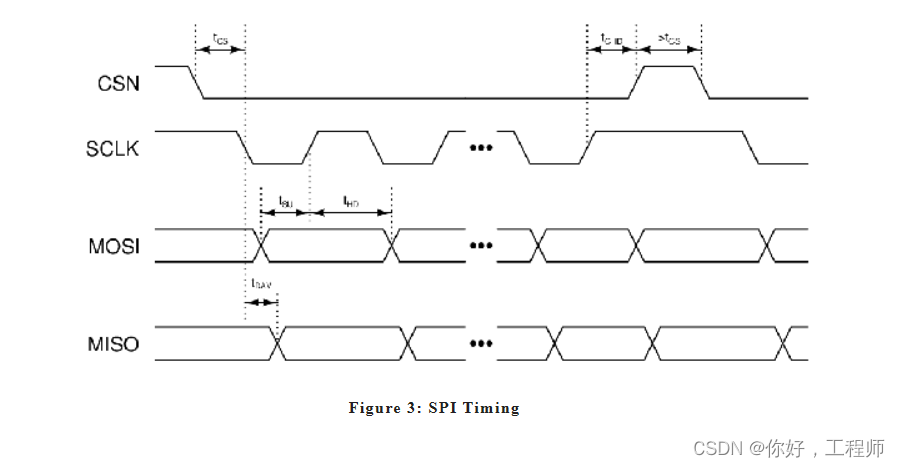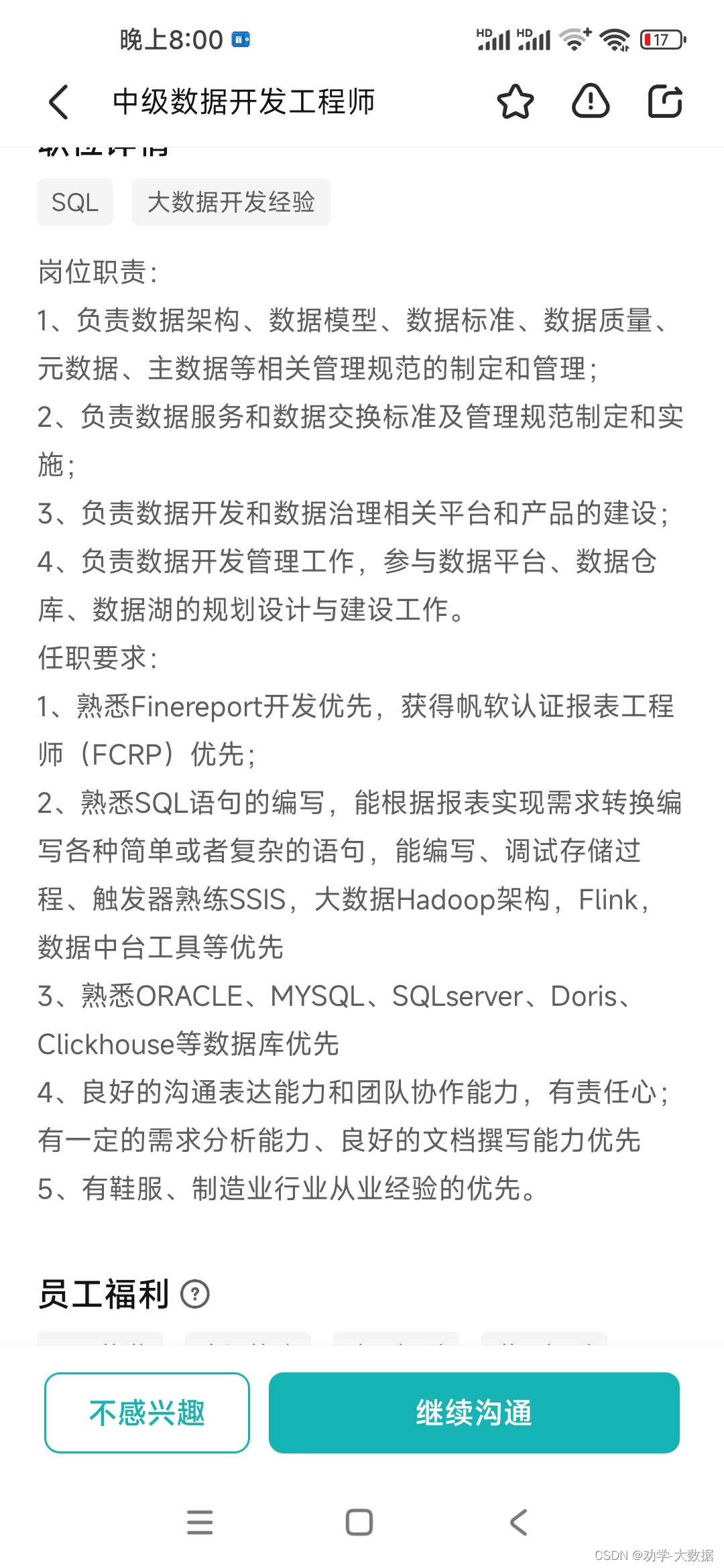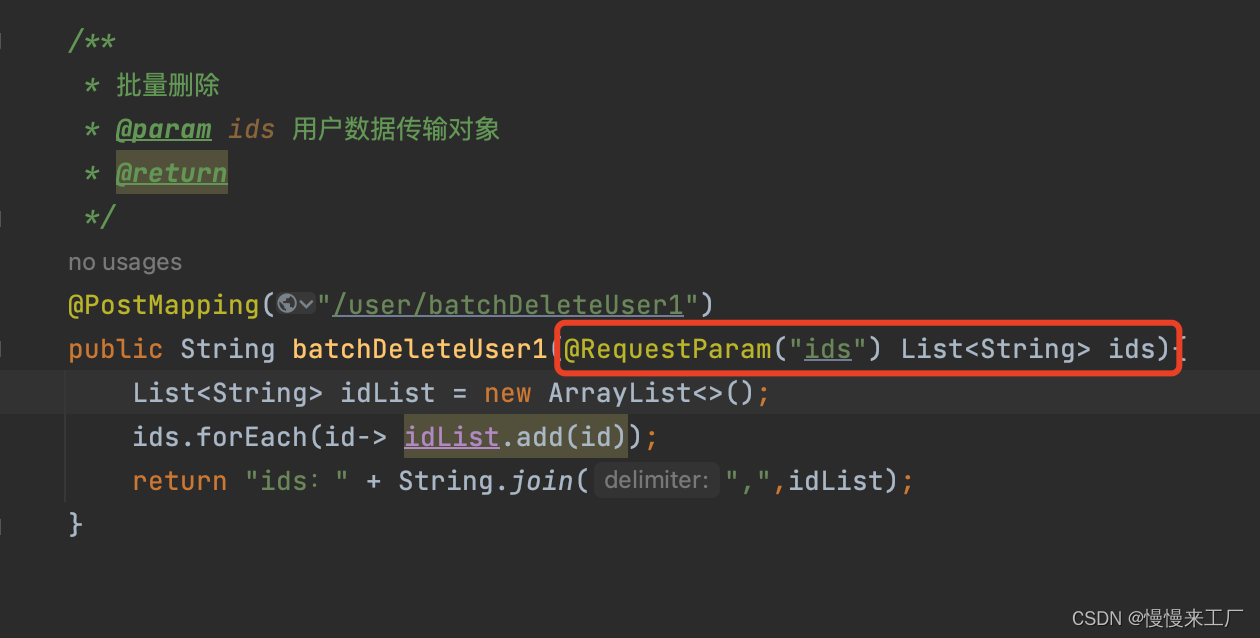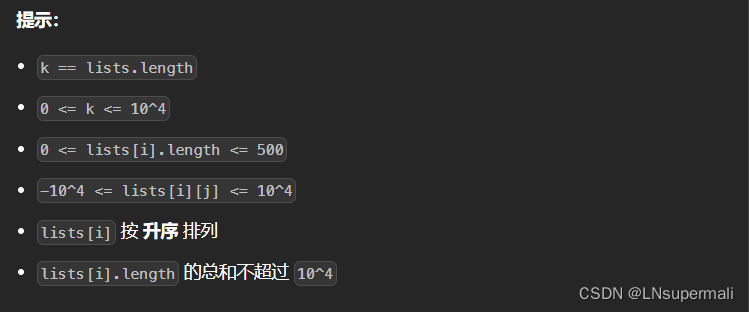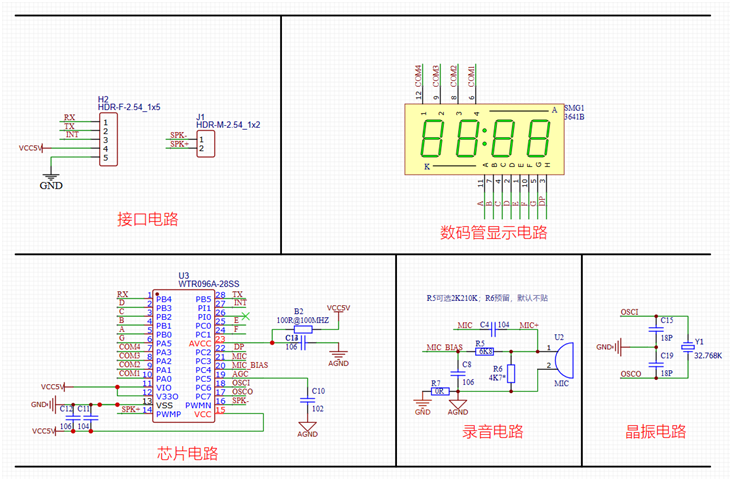注解方式特点
//1. 完全注解方式指的是去掉xml文件,使用配置类 + 注解实现
//2. xml文件替换成使用@Configuration注解标记的类
//3. 标记IoC注解:@Component,@Service,@Controller,@Repository
//4. 标记DI注解:@Autowired @Qualifier @Resource @Value
//5. <context:component-scan标签指定注解范围使用@ComponentScan(basePackages={"com.atguigu.components"})替代
//6. <context:property-placeholder引入外部配置文件使用 @PropertySource({"classpath:application.properties","classpath:jdbc.properties"})替代
//7. <bean 标签使用@Bean注解和方法实现
//8. IoC具体容器实现选择AnnotationConfigApplicationContext对象案例:
搭建一个三层架构案例,模拟查询全部学生(学生表)信息,持久层使用JdbcTemplate和Druid技术,使用注解+配置类方式进行组件管理
1.数据库准备
-- ----------------------------
-- Table structure for students
-- ----------------------------
DROP TABLE IF EXISTS `students`;
CREATE TABLE `students` (
`id` int NOT NULL,
`name` varchar(50) CHARACTER SET utf8mb4 COLLATE utf8mb4_0900_ai_ci NOT NULL,
`gender` varchar(10) CHARACTER SET utf8mb4 COLLATE utf8mb4_0900_ai_ci NOT NULL,
`age` int NULL DEFAULT NULL,
`class` varchar(50) CHARACTER SET utf8mb4 COLLATE utf8mb4_0900_ai_ci NULL DEFAULT NULL,
PRIMARY KEY (`id`) USING BTREE
) ENGINE = InnoDB CHARACTER SET = utf8mb4 COLLATE = utf8mb4_0900_ai_ci ROW_FORMAT = Dynamic;
-- ----------------------------
-- Records of students
-- ----------------------------
INSERT INTO `students` VALUES (1, '喜羊羊', '男', 18, '高中一班');
INSERT INTO `students` VALUES (2, '美羊羊', '女', 19, '高中二班');
INSERT INTO `students` VALUES (3, '懒羊羊', '男', 18, '高中一班');
INSERT INTO `students` VALUES (4, '沸羊羊', '男', 18, '高中三班');
INSERT INTO `students` VALUES (5, '暖羊羊', '女', 19, '高中二班');
INSERT INTO `students` VALUES (6, '软绵绵', '男', 60, '高中一班');
INSERT INTO `students` VALUES (7, '灰太狼', '男', 30, '高中三班');
INSERT INTO `students` VALUES (8, '红太狼', '女', 30, '高中二班');
SET FOREIGN_KEY_CHECKS = 1;2.项目准备
1.项目创建
2. pojo包下创建实体类Student
@Setter//使用lombok,实现set方法
public class Student {
private Integer id;
private String name;
private String gender;
private Integer age;
private String classes;
@Override
public String toString() {
return "Student{" +
"id=" + id +
", name='" + name + '\'' +
", gender='" + gender + '\'' +
", age=" + age +
", classes='" + classes + '\'' +
'}';
}
}3.三层架构搭建和实现
a.持久层
public interface StudentDao {
List<Student> queryAll();
}
public class StudentDaoImpl implements StudentDao {
private JdbcTemplate jdbcTemplate;
@Autowired
public void setJdbcTemplate(JdbcTemplate jdbcTemplate) {
this.jdbcTemplate = jdbcTemplate;
}
@Override
public List<Student> queryAll() {
String sql = "select id , name , age , gender , class as classes from students ;";
/*
query可以返回集合!
BeanPropertyRowMapper就是封装好RowMapper的实现,要求属性名和列名相同即可
*/
return jdbcTemplate.query(sql, new BeanPropertyRowMapper<>(Student.class));
}
}b.业务层
public interface StudentService {
List<Student> findAll();
}
@Service
public class StudentServiceImpl implements StudentService{
private StudentDao studentDao;
@Override
public List<Student> findAll() {
List<Student> studentList = studentDao.queryAll();
return studentList;
}
@Autowired
public void setStudentDao(StudentDao studentDao) {
this.studentDao = studentDao;
}
}c.表述层
@Controller
public class StudentController {
private StudentService studentService;
@Autowired
public void setStudentService(StudentService studentService) {
this.studentService = studentService;
}
public void findAll(){
List<Student> all = studentService.findAll();
System.out.println("all = " + all);
}
}4.IOC配置类
// 标识这是一个 Java 配置类
@Configuration
// 使用 ComponentScan 注解来扫描包 org.example
@ComponentScan(basePackages = "org.example")
// 使用 PropertySource 注解来加载 classpath:jdbc.properties 文件中的配置信息
@PropertySource("classpath:jdbc.properties")
public class JavaConfig {
@Bean // 定义一个数据源 bean
public DataSource dataSource( // 注入 driver、url、username、password 等配置信息
@Value("${cx.driver}") String driver,
@Value("${cx.url}") String url,
@Value("${cx.username}") String username,
@Value("${cx.password}") String password) {
// 创建一个 DruidDataSource 对象
DruidDataSource dataSource = new DruidDataSource();
// 设置驱动类名
dataSource.setDriverClassName(driver);
dataSource.setUrl(url);
dataSource.setUsername(username);
dataSource.setPassword(password);
// 返回数据源 bean
return dataSource;
}
@Bean // 定义一个 JdbcTemplate bean
public JdbcTemplate jdbcTemplate(DataSource dataSource) { // 注入数据源 bean
// 创建一个 JdbcTemplate 对象
JdbcTemplate jdbcTemplate = new JdbcTemplate();
// 设置数据源
jdbcTemplate.setDataSource(dataSource);
return jdbcTemplate;
}
}5.测试包下运行测试
public class SpringIoCTest {
@Test
public void test(){
//使用 AnnotationConfigApplicationContext 类初始化一个应用程序上下文对象,
//同时指定了配置类 JavaConfig.class。
//通过这个应用程序上下文对象直接获取 StudentController 类型的 bean 实例。
//调用 controller 对象的 findAll() 方法,执行相应的操作
StudentController controller = new AnnotationConfigApplicationContext(JavaConfig.class)
.getBean(StudentController.class);
controller.findAll();
}
}
